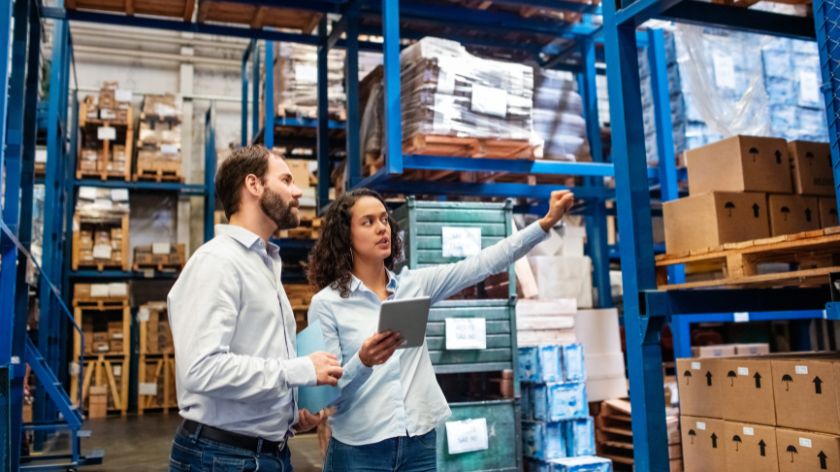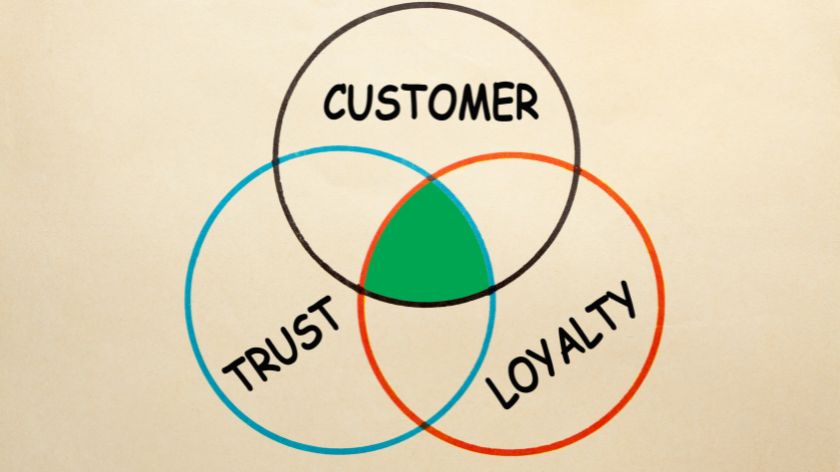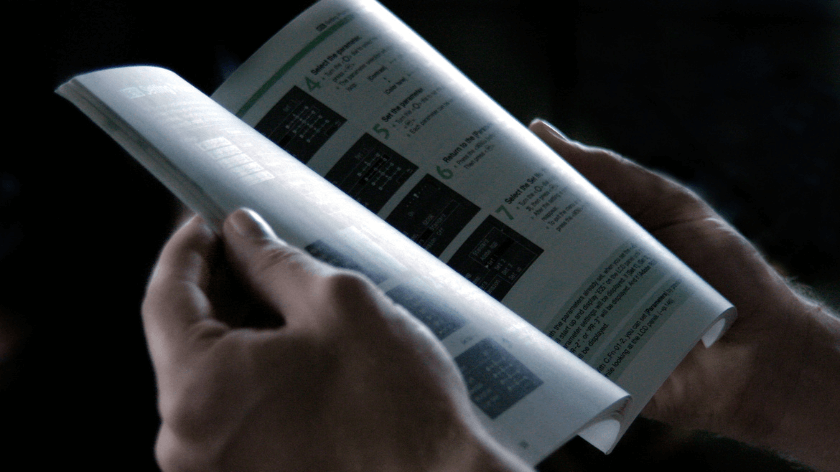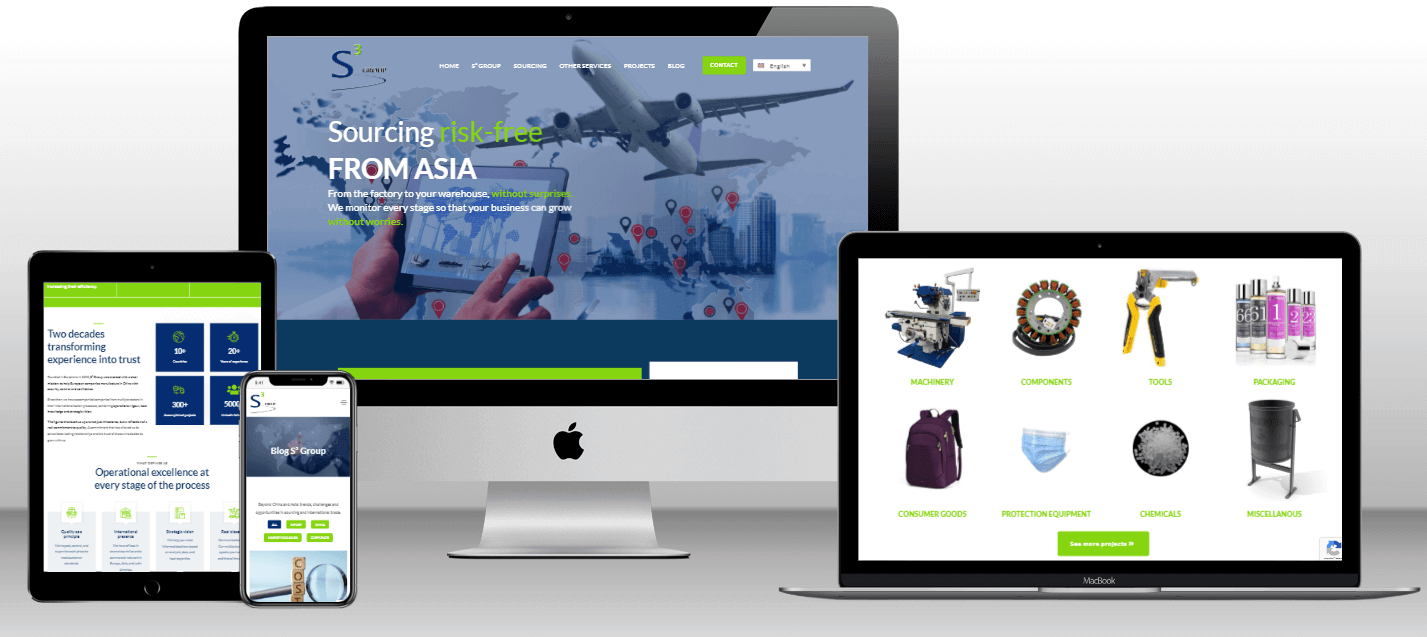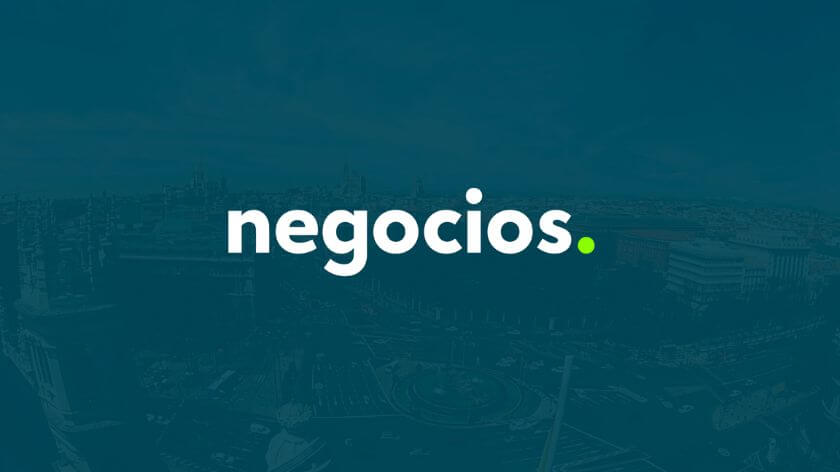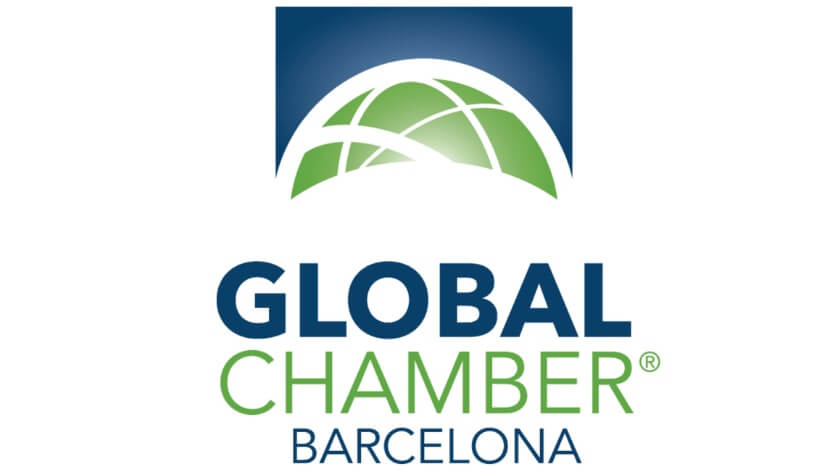Importing products is a growth strategy that more and more companies are opting for every day. The possibility of accessing a supplier with a very competitive price per unit can be the first step towards a highly profitable operation. However, the purchase price is only the tip of the iceberg. Beneath the surface, there are hidden import costs that, if not managed, can completely erode the profit margin you took for granted. The difference between success and failure lies in understanding the real cost of getting the product into your warehouse.
Ignoring these variable costs is not an option. From port logistics to financial and customs formalities, every stage of the import process hides potential cost overruns. In this article, we reveal five of the most common ones so that you can anticipate them, control them and protect your profitability. Knowing them will allow you to transform the complexity of international trade into a real competitive-equipment advantage.
Delays and warehousing: the relentless expense at the port
One of the most dangerous costs are demurrage and detention charges. These charges work like a taximeter that is triggered if your goods are not cleared from customs on time. A simple error in documentation, an unexpected physical inspection or poor coordination with the carrier can paralyse your container at the port. Each day's delay generates a bill that can run into hundreds of euros, a direct cost that comes out of your margin and can turn a profitable import into a loss-making operation. Perfect document planning and smooth communication are essential to avoid this.
The trap of a poorly negotiated Incoterm
Incoterms define who pays what in the logistics chain. An EXW (Ex Works) price, which only covers the product at the factory gate, may seem like a bargain, but it is a common trap. By accepting it, you assume all costs and risks in the country of origin: local transport, export formalities and port fees, often at inflated rates and without transparency. A more strategic choice such as FOB (Free On Board), where the seller takes care of everything until the goods are on the ship, offers greater control and predictability. Incoterm is not a technical detail; it is a key financial decision that can expose you to a cascade of hidden costs.
Incorrect tariff classification: the surprise at customs
The rate of duty you pay depends on a numerical code (HS Code) that classifies your product. Blindly relying on the code provided by your supplier is a huge risk. If the customs office of destination considers that the classification is incorrect, they will correct it ex officio, almost always applying a higher duty rate. Not only does this result in an unexpected tax bill for releasing your goods, but it can also lead to penalties and future inspections. It is essential to check the correct tariff heading according to EU regulations before confirming your order to calculate your actual costs and avoid tax surprises.
Quality inspections: the expense that avoids ruin
Cutting back on quality controls at origin to "save money" is the most expensive mistake an importer can make. The cost of an inspection is minimal compared to the disaster of receiving a container of defective or nonconforming products once you have paid for everything: goods, freight, insurance and duties. At that point, the loss is almost total, as returning the goods is unfeasible. A pre-shipment inspection at the factory ensures that production meets your standards before final payment is made, giving you the control to demand corrections and ensuring that you get exactly what you paid for. It's not a cost, it's the best insurance policy for your investment.
Exchange rate fluctuations: the margin that evaporates.
Most international purchases are paid for in US dollars (USD). If your company operates in euros (EUR), you are exposed to the volatility of the foreign exchange market. A rise in the USD between the time of agreement and final payment translates into a higher cost in EUR, directly impacting your profit margin. On large orders, a small fluctuation of 3% or 4% can wipe out a considerable part of the expected profitability. This often overlooked financial risk must be taken into account in any serious cost planning to avoid profits evaporating due to non-logistical factors.
Avoid scares and hidden costs!
Ultimately, importing successfully requires proactive management and in-depth knowledge that goes beyond simple price negotiation. Anticipating logistical, customs, quality and financial cost overruns is what differentiates a smooth and profitable operation from a source of problems and losses.
Navigating this complex scenario requires experience, resources and a reliable partner at origin. For a risk-free import with full cost transparency, the smartest strategy is to go with a sourcing partner. At S3 Group, we act as your international sourcing team, anticipating these and other challenges to ensure that your profit margin is not only maintained, but optimised.







